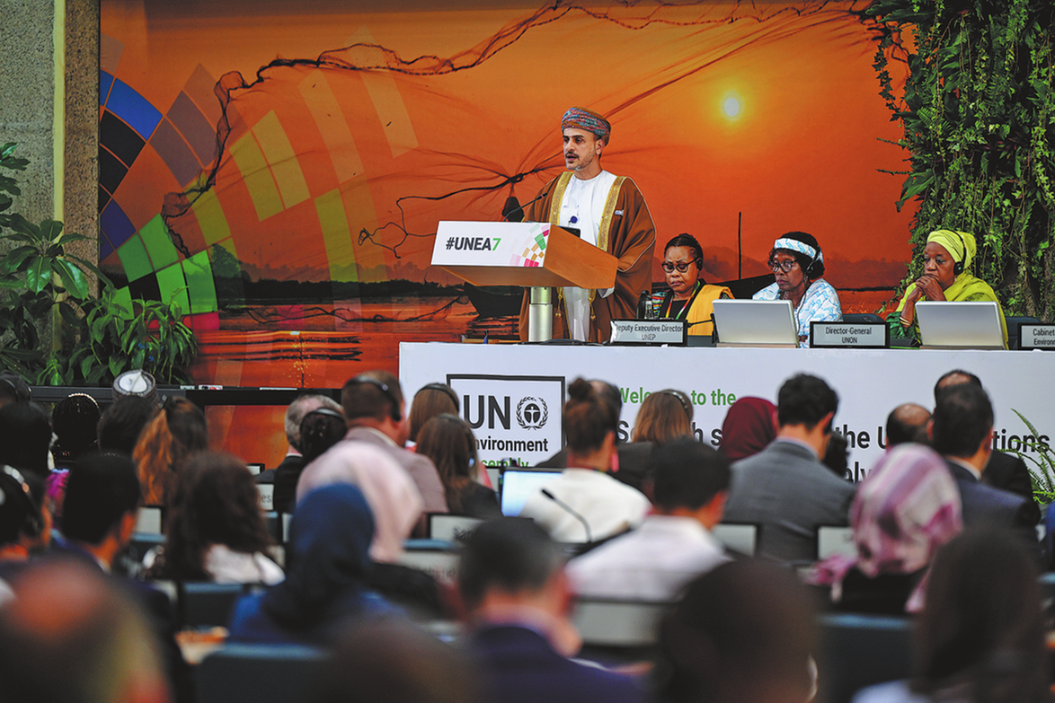Joining road warriors' journey to the west
By Erik Nilsson | China Daily | Updated: 2019-07-16 08:16

Finding fungus
As we approached Qumarleb, Captain and I were fretting that we didn't have a gift for our friend, Tseringben, who'd host us there.
A couple of hours later, a Tibetan guy on a motorcycle pulled up next to us during a pit stop on a remote prairie. He pointed to a plastic bag and asked: "Want to buy something?"
"What do you have?" I replied.
He opened the bag and answered: "Caterpillar fungus."
Jackpot! Our friend loves the stuff. The parasite endemic to the Qinghai-Tibet Plateau and Himalayas grows from ghost-moth larvae and is a highly prized and often high-priced traditional cure-all.
The organism, which looks like a woody caterpillar with a unicorn horn, can't move but appears ready to tiptoe away at any moment. It seems as otherworldly as the terrain that hosts it.
I bought six.
The plateau is called "the roof of the world" and "the planet's third pole" - and rightly so.
It sometimes reminds me more of Middle Earth or the last stand of a long-forgotten ice age.
Glaciers crown the scalps of the tallest peaks that thrust above where even grass can climb. They loom like stern sovereigns - the highest prominences of the highlands, reminding those lower in the sky of who reigns here.
The subordinate mountains are fleeced with every conceivable shade of green, speckled with yellow wildflowers and studded with black yaks. Silvery streams rinse the foothills' toes.
Qinghai's skies are similarly dynamic. I saw my first sun pillars - disembodied blotches of rainbow created by light refracting through ice particles in the sky - and a double rainbow arched over Qumbarleb on our first day full there.
























